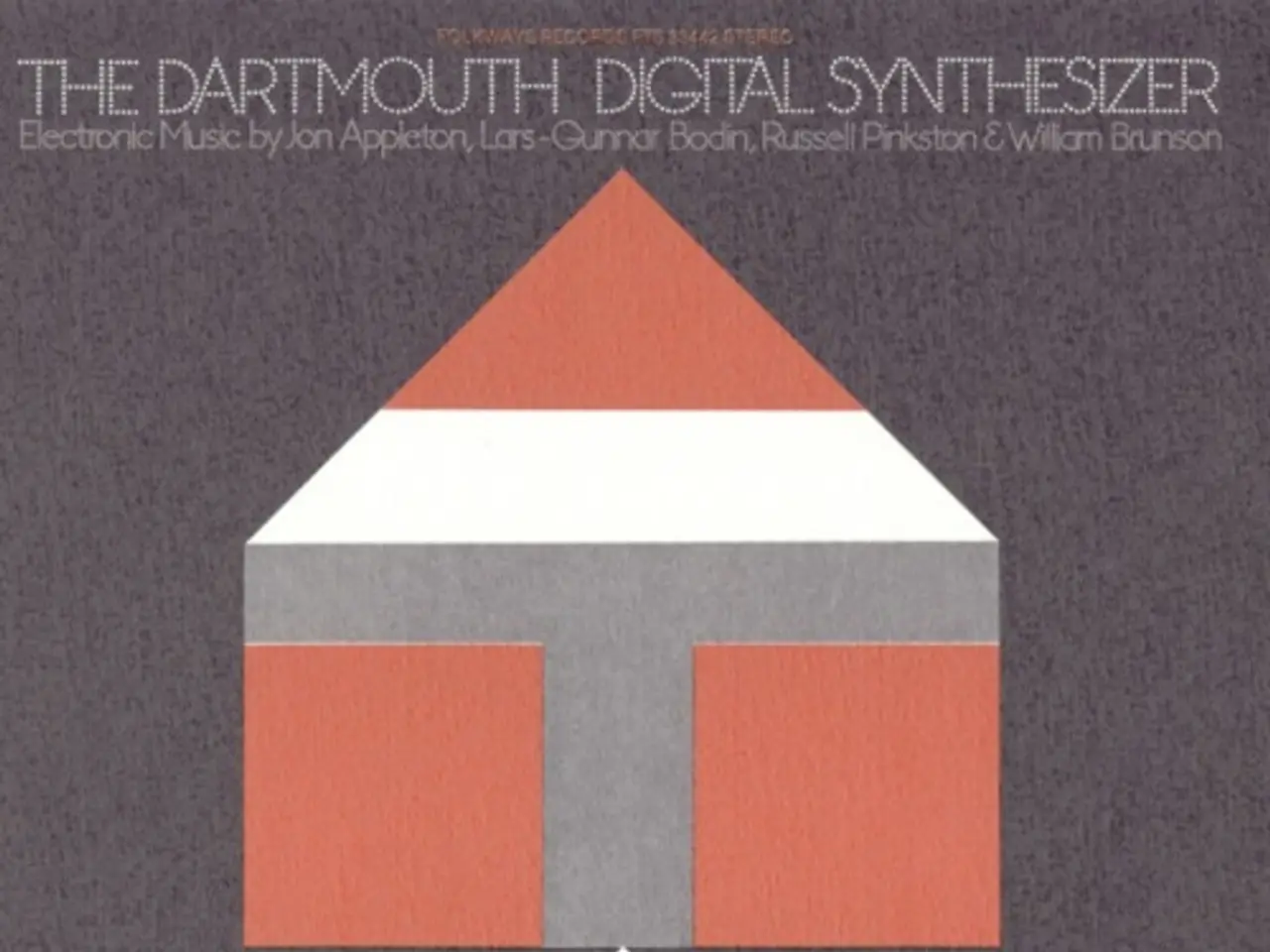Unveiling the Intersection of Passion and Aesthetics: Investigating the Growing Trend of Design Influenced by Lifestyle Preferences
In today's consumer landscape, product design is undergoing a significant transformation, with a focus on merging aesthetics with usability to create items that not only serve a purpose in daily life but also look appealing. This shift, known as lifestyle-driven product design, is significantly shaping modern consumer behavior and industry trends.
Research shows that an overwhelming 77% of consumers prefer brands that demonstrate a commitment to sustainability, such as Patagonia. Brands like Apple, Warby Parker, and Nike exemplify this shift by interweaving style and purpose, crafting identities that attract dedicated followings.
The rise of the Internet of Things (IoT) leads to the creation of smart products that seamlessly blend aesthetics with functionality, providing stylish options that enhance daily life. Designers aim to achieve harmony between visual appeal and practical use, as demonstrated by products like smartwatches that offer health tracking features.
Data indicates a growing consumer preference for tech-enhanced designs, with 55% of consumers willing to pay more for products that offer functionality combined with aesthetic appeal. Personalization continues to gain traction, enabling consumers to customize products to reflect individual tastes, fostering emotional connections and enhancing user satisfaction.
60% of consumers state that attractive design affects their purchasing decisions, and brands prioritizing the balance of beauty and functionality enhance user satisfaction and prove that aesthetic value and practicality can coexist.
Aesthetically pleasing products significantly enhance user experience, influencing emotional connections and fostering brand loyalty. Passion shapes the essence of product design, influencing how brands connect with consumers and transforming mere objects into expressions of identity.
The fusion of art and artisanal craftsmanship is another trend shaping the future of lifestyle-driven design, as consumers seek unique, handcrafted products that tell a story, fostering a deeper emotional connection.
Key Impacts
Lifestyle-driven product design molds consumer behavior by making products more relevant to individuals’ health, emotional, social, and ethical contexts. This dynamic fosters deeper consumer-brand relationships and inspires innovative product development that reflects evolving lifestyle values.
Influence on Purchase Intentions via Health and Social Media Engagement
Consumers with health-conscious lifestyles show heightened responsiveness to social media influences when deciding on purchases, indicating that lifestyle traits can moderate how consumers engage with marketing and product narratives. This suggests that lifestyle-designed products that resonate with consumers’ health and wellness values can increase market success.
Integration of Health and Accessibility Features
Industry trends in home products reflect lifestyle-driven design by incorporating biometric sensors, air purifiers, and ADA-compliant features, addressing wellness, hygiene, and accessibility needs directly linked to modern consumers’ daily living habits and values. This leads to more personalized, multifunctional products that fit seamlessly into consumers’ lifestyles.
Emotional and Symbolic Consumption
Lifestyle-oriented product design taps into consumers' desires for self-expression, nostalgia, and aspirational identity through symbolic and culturally meaningful design elements, such as media-inspired décor that supports emotional authenticity and social identity. This drives industry trends toward customizable, hybrid, and narrative-rich products that foster emotional connections and community engagement.
Sustainability and Circularity Focus
Lifestyle-driven design increasingly incorporates circular economy principles that promote longevity, repairability, and emotional durability of products, challenging fast consumption culture by encouraging sufficiency and meaningful ownership. This shifts consumer behavior toward valuing durability over novelty and influences brands to prioritize sustainable design strategies.
Market Differentiation and Brand Loyalty
Effective product design that reflects lifestyle preferences enhances user experience, captures attention in crowded markets, reduces costs through efficient production, and aligns with brand values—thus converting consumers into loyal advocates and driving competitive advantage. Lifestyle-driven design helps brands embody the identities and values their target consumers seek, strengthening market positioning.
In conclusion, brands like Nike offer services that allow customers to personalize products, establishing a direct link between consumer identity and product choice. Brands are tailoring offerings to meet the nuanced tastes of modern consumers, incorporating unique materials, sleek forms, and artistic elements. Home decor brands now prioritize sustainability and beauty, producing items made from eco-friendly materials that appeal to environmentally conscious consumers. Brands like Apple, Warby Parker, and Nike exemplify successful aesthetic design, creating alluring user experiences and transforming products into lifestyle statements.
- Brands are extending their reach by offering personalization options, such as Nike, which allows customers to customize their products, directly connecting consumer identity with product choice.
- In the realm of fashion-and-beauty, home-and-garden, and technology, brands like Apple, Warby Parker, and Nike are redefining aesthetics by interweaving style and purpose, creating items that not only serve a role in daily life but also fit seamlessly into consumers’ lifestyles and reflect their individual tastes.




